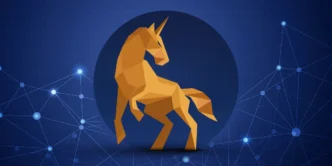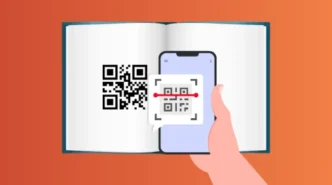In 1980, the U.S. Supreme Court’s Diamond v. Chakrabarty ruling boldly claimed that “anything under the sun that is made by man” should be eligible for a patent. But that ideal took a sharp turn in 2014 with a case that continues to shake the software and AI industries—Alice Corp. v. CLS Bank International.
The Alice Ruling Changed Everything
The Alice decision introduced a much stricter test for determining whether business method patents—or, by extension, software patents—are valid. It zeroed in on whether a patent claim is simply an “abstract idea.” If it is, the claim doesn’t qualify as patentable subject matter.
This created a storm of confusion, especially since there was no clear definition of what made something an “abstract idea.” Suddenly, the very nature of software—an abstraction by design—was under scrutiny. And although Alice was focused on business methods, the precedent extended to software and eventually became a barrier to patenting AI innovations.
Patent Eligibility After Alice
In response to widespread uncertainty, the U.S. Patent and Trademark Office (USPTO) released several rounds of guidance from 2014 through 2019. These updates provided real-world examples to illustrate which types of claims could still be considered patentable and which would be rejected under the new standards.
Patent lawyers adapted. They began crafting applications that fit within the boundaries of Alice or found creative ways to argue that their inventions offered more than abstract functionality.
Then came the AI boom.
AI and Patent Law Collide
AI presents a unique challenge in the world of patents. The technology often mimics human reasoning or automates tasks that a person could theoretically perform using “pen and paper”—a benchmark that’s often used to deem something abstract.
Because of this, AI patent applications are frequently challenged under the Alice framework. Recognizing the rising significance of AI, the USPTO updated its guidelines again—this time including AI-specific examples to help innovators protect their work more effectively.
The 2025 Guidance: Examples 47 and 48
For AI startups seeking to patent their tech, two examples from the latest USPTO guidance are especially useful.
Example 47: Anomaly Detection
- Claim 1 provides a strong defense for software-based AI inventions that incorporate specific hardware in their design. By tying the invention to a defined system architecture, applicants avoid the “abstract idea” trap and end the eligibility analysis in their favor.
- Claim 3 demonstrates how to argue that your innovation enhances computer functionality or transforms a technical field. It’s crucial to explain in both your description and claims how the invention provides a clear, measurable improvement—not just what the outcome is.
- In contrast, Claim 2 falls short because it only describes general software steps without connecting them to specific hardware or explaining the mechanism of improvement. Avoid vague language and generic computing references.
Example 48: Speech Separation
- Claim 2 shows how describing a practical application—such as generating a new, cleaner speech signal by removing background noise—can help sidestep the abstract idea pitfall. AI is often designed to enhance downstream tasks, so highlight how your invention improves a larger system or process.
Tips for Patent-Ready AI Startups
If you’re an AI founder or tech entrepreneur, here are a few key takeaways to boost your patent strategy:
- Avoid high-level abstractions. Focus on technical implementations, hardware integration, or specific algorithmic improvements.
- Highlight real-world benefits. Show how your AI solution improves an existing process, product, or system.
- Be detailed in your claims. Vague terms and generic computer descriptions will get flagged under Alice.
- Study the examples. Use successful claims like Example 47 and 48 as templates to structure your application.
Final Thought
The patent landscape has shifted dramatically since Alice, but it’s not impossible to protect your AI technology. With the right strategy, grounded claims, and a deep understanding of USPTO guidance, your startup can still lock in strong patent protection and defend its innovation in a crowded, fast-moving market.













